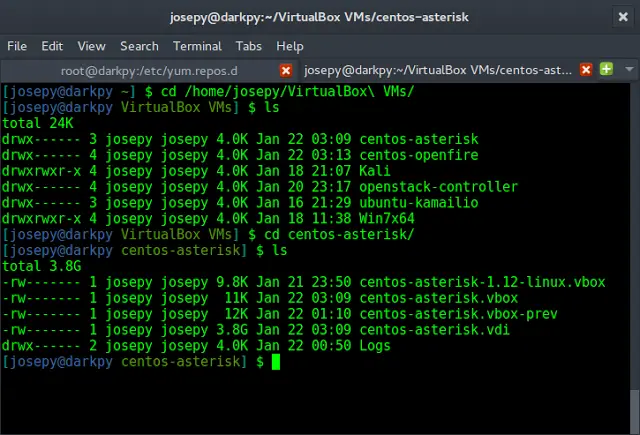In this article, we will see how to get the complete URL of currently running pages using PHP, along with understanding their implementation through the examples. $_SERVER is a super global variable in PHP that contains the details related to the header, paths, and script locations. The status of HTTPS will be saved in the Global variable $_SERVER[‘HTTPS’]. So, using the $_SERVER[‘HTTPS’] in isset() function, that is used to check whether it exists or not. This will also tell us whether HTTPS is enabled or not. Check the value of $_SERVER[‘HTTPS’], if it is “on”, then HTTPS is enabled and we have to append “https” to the URL.
Approach: There are a few steps to get the complete URL of the currently running page which are given below:
- Create a PHP variable that will store the URL in string format.
- Check whether the HTTPS is enabled by the server. If it is, append “https” to the URL string. If HTTPS is not enabled, append “http” to the URL string.
- Append the regular symbol, i.e. “://” to the URL.
- Append the HTTP_HOST(The host to which we have requested, e.g. www.google.com, www.yourdomain.com, etc…) name of the server.
- Append the REQUEST_URI(The resource which we have requested, e.g. /index.php, etc…) to the URL string.
Note: Use isset() function to check whether HTTPS is enabled or not. The isset() function is used to check a variable exists or not.
Example 1: This example illustrates getting the url of the current page.
PHP
<?php// Program to display URL of current page.if (isset($_SERVER['HTTPS']) && $_SERVER['HTTPS'] === 'on') $link = "https";else $link = "http"; // Here append the common URL characters.$link .= "://"; // Append the host(domain name, ip) to the URL.$link .= $_SERVER['HTTP_HOST']; // Append the requested resource location to the URL$link .= $_SERVER['REQUEST_URI']; // Print the linkecho $link;?> |
Output:
https://ide.geeksforgeeks.org/
Example 2: Getting the url of the webpage using $_SERVER[‘HTTP_HOST’] that will return the host header from the current request.
PHP
<?php // Program to display current page URL.$link = (isset($_SERVER['HTTPS']) && $_SERVER['HTTPS'] === 'on' ? "https" : "http") . "://" . $_SERVER['HTTP_HOST'] . $_SERVER['REQUEST_URI'];echo $link;?> |
Output:
https://ide.geeksforgeeks.org/
The output of the above code is https://ide.geeksforgeeks.org/ instead of https://ide.geeksforgeeks.org/index.php. In order to fix this problem, need to replace, $_SERVER[‘REQUEST_URI’] with $_SERVER[‘PHP_SELF’].
Program 3: This example is displaying the currently executing PHP file URL.
PHP
<?php// Program to display complete URLif (isset($_SERVER['HTTPS']) && $_SERVER['HTTPS'] === 'on') $link = "https";else $link = "http";// Here append the common URL characters$link .= "://";// Append the host(domain name,// ip) to the URL.$link .= $_SERVER['HTTP_HOST'];// Append the requested resource// location to the URL$link .= $_SERVER['PHP_SELF'];// Display the linkecho $link;?> |
Output:
https://ide.geeksforgeeks.org/index.php
Program 4: This example describes getting the complete url of the webpage.
PHP
<?php // Program to display complete URL$link = (isset($_SERVER['HTTPS']) && $_SERVER['HTTPS'] === 'on' ? "https" : "http") . "://" . $_SERVER['HTTP_HOST'] . $_SERVER['PHP_SELF'];// Display the complete URLecho $link;?> |
Output:
https://ide.geeksforgeeks.org/index.php
PHP is a server-side scripting language designed specifically for web development. You can learn PHP from the ground up by following this PHP Tutorial and PHP Examples.




